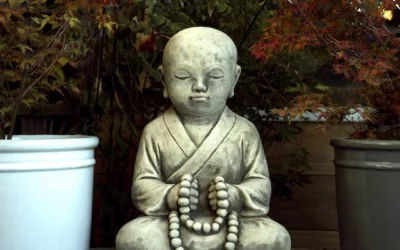What means the dangers of distraction?
Coaches constantly implore their players to maintain focus, to concentrate. Do coaches ever speak about the reasons for lack of focus? Do coaches ever teach players how to retain their focus or overcome the dangers of distractions? You often see a lack of concentration during practice. You might notice players playing too many poor shots in the nets. This happens because they keep talking and are not thoroughly focused. Players do not treat their practice session like a game. These bad habits are formed in practice and go with them into game situations, and when they need it most, it is no wonder that player struggles to concentrate.
What are some of the specific things that can distract players in match situations?
Many distractions are common for all of us, and it depends on our personality, our mindset, our daily routine, our physical fitness, and other factors. The most important thing in maintaining focus is finding strategies to overcome distractions. The first thing the player should analyze is himself. They must try to understand the reasons for the distraction. Many batters lose their concentration under pressure. When bowlers are on top and fielders are making a noise, batsmen often play a bad shot that causes them to lose their wicket. I recently read that it takes 10 to 20 minutes to adapt to a new situation, which, in batting means that you must hold your nerve and concentrate for 3 to 5 overs while under pressure.
How to overcome the dangers of distractions in cricket?
There are many ways to overcome the dangers of distractions in cricket. Many successful players do meditation, listen to music, sit quietly, and practice their ability to focus. These are all positive things that helps a player to improve and maintain their focus. The players must avoid things like too much use of mobile devices, TV or late-night parties, and negative talk. Considering too much about your opponents or competitors and lack of good sleep also harm your ability to concentrate in a match. Playing sports at a professional level is much like worship. Players sacrifice many pleasurable things and dedicate themselves to becoming the best at their sport.
The best example of concentration and dedication is the surprise Tokyo Olympic javelin champion Neeraj Chopra. He didn’t use his mobile phone for one year before the Olympic Games to focus on his training. This dedication and concentration led him to stun the world of athletics & win the Olympic gold. His sacrifices resulted in a much greater reward, an Olympic gold medal. An Olympic gold medal is something that can’t be taken away from him, and immortality in India. In a cricket match, you are out there for a very long time. It is impossible to give one hundred percent concentration for every second that you are out there. You need to relax your concentration between deliveries but make sure that, it is switched on again before the next ball.
Varieties of concentration in sports
Concentration also varies in its intensity. It is like zooming in with a camera. As the bowler begins his run-up (depending on its length), you need a general concentration but as he gets close to delivering, you need to zoom in. Just before he delivers, you need intense concentration that will only last for about a second. You can practice concentration. You should practice these techniques of concentrating on the nets. If you cannot get it right at nets, you will not get it right in a match. To concentrate well, you have to be determined to concentrate.
I am not against modern devices, but players should avoid them as much as possible. I am pretty sure that if you are working to improve your concentration it will help you a lot in your cricket career. So please, get into the habit of analyzing yourself. Also start working out which things distract you from focusing on the game.




